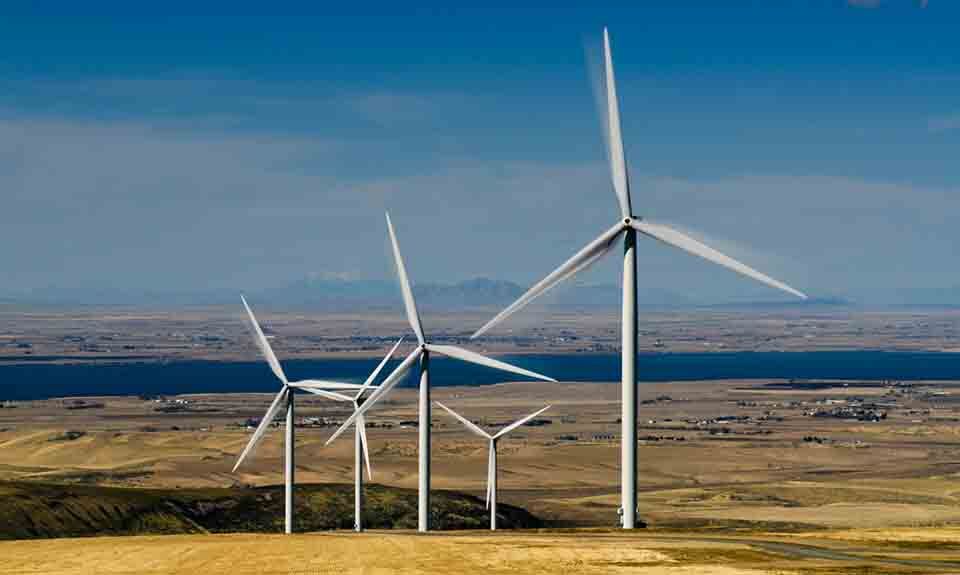Oregon Households Pay Some of the Lowest Energy Bills in the U.S.

In a recent survey of all US states, Oregon households had the second-lowest energy costs.
Oregon Households Have 2nd Lowest Energy Costs
A recent study by the Arkansas heating and air conditioning experts Anderson Air used the latest available state residential energy expenditure data from the United States Energy Information Administration (EIA), and compared it to the number of households in each state, revealing what each state spends per household, and who, on average, spends the most and least on energy.
Oregon households spend an average $1,896 a year on energy, slightly more than Washington state, where households pay less than any other state, and less than half what households in states like New Hampshire and Connecticut pay.
Oregon and Utah are joint-second among the states with the lowest energy expenditure per household.
The lower $1,896 per household spend is linked to Oregon’s 82.3% grid efficiency. The state spent $3.4 billion in total on residential energy in 2022.
Energy expenditure per household in Oregon is over 15% lower than that of neighboring Idaho, which spends $2,249 per household, and over 20% lower than Californians, who spend an average of $2,419.
The 10 US states spending the least on energy per household are:
| Rank | State | State residential energy expenditure in 2022 (Million Dollars) | State residential energy expenditure per household |
|---|---|---|---|
| 1 | Washington | $5,823 | $1,891 |
| =2 | Oregon | $3,273 | $1,896 |
| 2 | Utah | $2,142 | $1,896 |
| 4 | New Mexico | $1,693 | $1,996 |
| 5 | Arizona | $5,942 | $2,085 |
| 6 | Colorado | $5,144 | $2,157 |
| 7 | North Carolina | $9,321 | $2,168 |
| 8 | Florida | $19,425 | $2,201 |
| 9 | Nevada | $2,671 | $2,229 |
| 10 | Idaho | $1,613 | $2,249 |
At the other end of the scale, New Hampshire spends the most on energy, at $4,295 per household, followed by Connecticut ($4,171), Maine ($3,966), Vermont ($3,941), and Massachusetts ($3,689).
Anderson Air, General Manager John Anderson, noted significant disparities in energy expenditure across the states, pointing out that Washington is a prime example of how effective energy management and infrastructure investment can lower household costs while maximizing grid efficiency.
